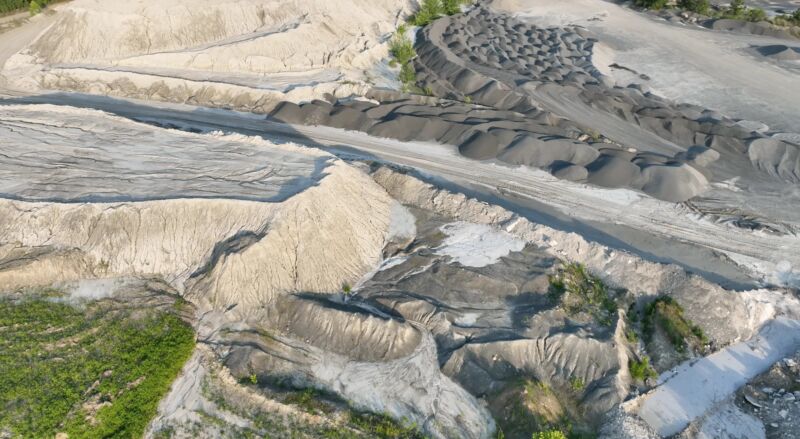The quest to turn basalt dust into a viable climate solution

Enlarge (credit: Lithos Carbon)
Mary Yap has spent the last year and a half trying to get farmers to fall in love with basalt. The volcanic rock is chock full of nutrients, captured as its crystal structure forms from cooling magma, and can make soil less acidic. In that way it's like limestone, which farmers often use to improve their soil. It's a little more finicky to apply, and certainly less familiar. But basalt also comes with an important side benefit: It can naturally capture carbon from the atmosphere.
Yap's pitch is part of a decades-long effort to scale up that natural weathering process and prove that it can lock carbon away for long enough to make a different to the climate. The bottleneck is getting farmers to want to do this," Yap says.